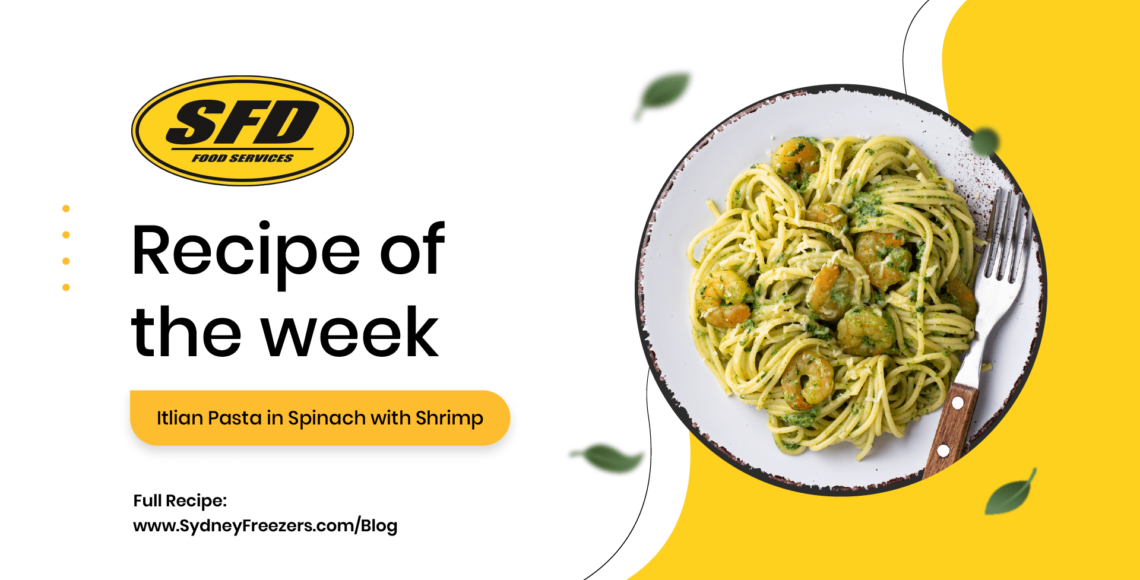Italian Pasta in Spinach sauce with Shrimp
Ingredients:
- 8 ounces of your favorite pasta (such as linguine or fettuccine)
- 1 pound of shrimp, peeled and deveined
- 2 tablespoons olive oil
- 3 cloves garlic, minced
- 1/2 cup onion, finely chopped
- 1 cup heavy cream
- 2 cups fresh spinach, chopped
- 1/2 cup grated Parmesan cheese
- 1/2 teaspoon red pepper flakes (adjust to taste)
- Salt and black pepper to taste
- Fresh basil leaves for garnish (optional)
Instructions:
- Prepare the Pasta:
- Bring a large pot of salted water to a boil.
- Cook the pasta according to package instructions until it’s al dente.
- Drain the pasta and set it aside.
- Cook the Shrimp:
- Heat 1 tablespoon of olive oil in a large skillet over medium-high heat.
- Season the shrimp with salt and pepper.
- Add the shrimp to the skillet and cook for 2-3 minutes per side, or until they turn pink and opaque.
- Remove the cooked shrimp from the skillet and set them aside.
- Make the Spinach Sauce:
- In the same skillet, add the remaining 1 tablespoon of olive oil.
- Add minced garlic and chopped onions to the skillet.
- Sauté for 2-3 minutes, or until the onions are translucent and the garlic is fragrant.
- Stir in the red pepper flakes for a subtle kick of heat.
- Add Cream and Spinach:
- Pour in the heavy cream and bring it to a gentle simmer.
- Stir in the chopped spinach and let it wilt into the cream.
- Continue simmering for 2-3 minutes until the sauce thickens slightly.
- Combine Pasta and Shrimp:
- Return the cooked pasta to the skillet with the spinach cream sauce.
- Toss the pasta to coat it evenly with the sauce.
- Add the cooked shrimp back into the skillet and gently combine them with the pasta and sauce.
- Finish and Serve:
- Sprinkle grated Parmesan cheese over the pasta and shrimp.
- Season with salt and black pepper to taste.
- Stir everything together until the cheese is melted and the sauce is creamy.
- If the sauce is too thick, you can add a splash of pasta cooking water to achieve your desired consistency.
- Garnish with fresh basil leaves, if desired, for a burst of freshness.
- Serve Warm:
- Divide the Italian pasta in spinach sauce with shrimp among serving plates.
- Enjoy your delicious homemade Italian meal, and pair it with your favorite crusty bread or a simple salad if desired.
This Italian pasta dish with spinach sauce and shrimp is sure to delight your taste buds and impress your guests. Buon appetito!



